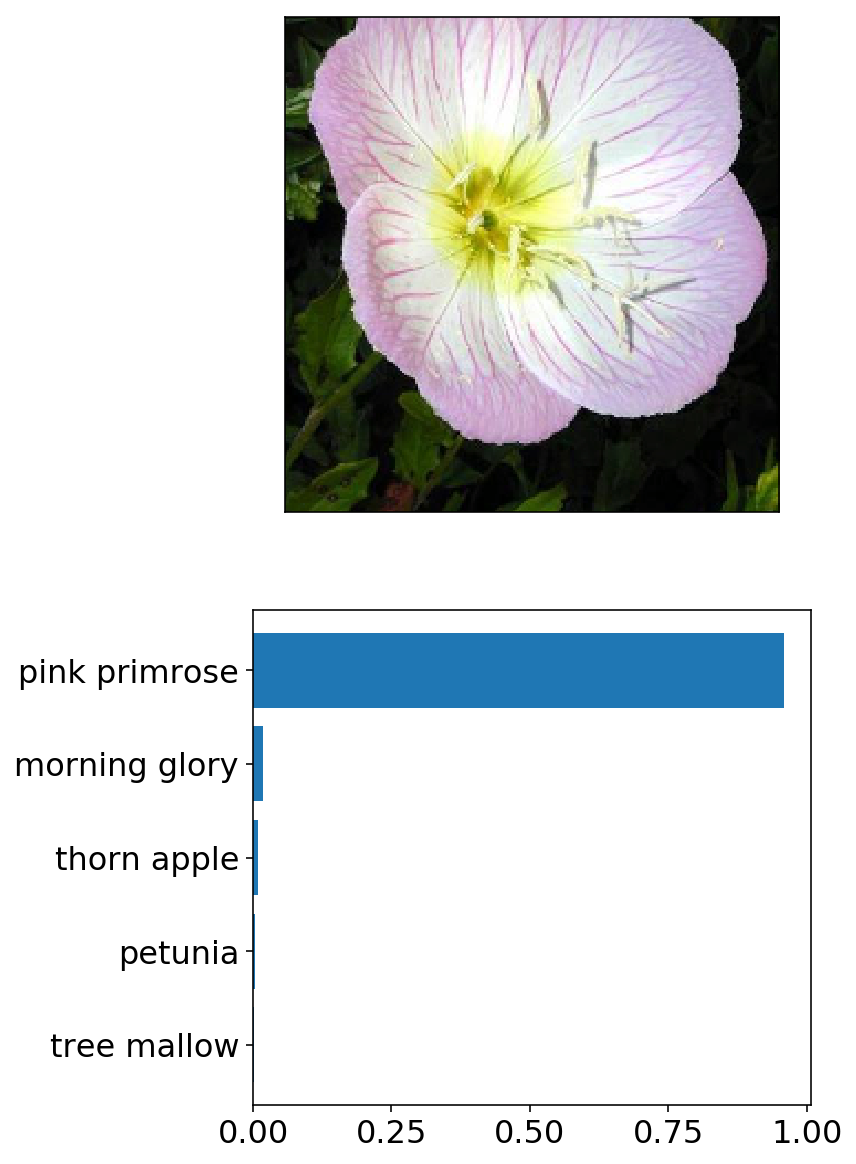A scholarship provided by Facebook and Udacity covering concepts behind deep learning and how to build deep learning models using PyTorch.
Build an application to tell the name of flower from an image.
Using convolutional neural network with Transfer Learning I trained an image classifier that is able to identify 102 different flower species with 95% testing accuracy. This image classifier can be used to identify flower species from new images, e.g., in a phone app that tells you the name of the flower your camera is looking at.
102 Category Flower Dataset was given by the Nanodegree program. This dataset contains images of 102 different flower species with lables. These images have different sizes.
-
Data loading and data preprocessing
- Load image data
- Training set: apply transformations such as rotation, scaling, and horizontal flipping (model generalizes / performs better)
- All datasets: Resize and crop to the appropriate image size (required by pre-trained model)
- All datasets: Normalize image colors (RGB) using mean and standard deviation of pre-trained model
- Training set: data shuffled at each epoch
-
Build and train the model
- Load a pre-trained network
densenet121(reference) and freeze parameters (Use of transfer Learning) - Define a new, untrained neural network as a classifier. The classifier has a hidden layer (ReLU activation) and an output layer (LogSoftmax activation). Assign dropout to reduce overfitting.
- Assign criterion (NLLLoss, negative log loss) and optimizer (Adam, adaptive moment estimation, reference)
- Train the classifier layers using forward and backpropagation on GPU
- Track the loss and accuracy on the validation set to determine the best hyperparameters
- Load a pre-trained network
-
Use the trained classifier to predict image content
- Test trained model on testing set (95% accuracy)
- Save trained model as checkpoint
- Write a function that gives top-5 most probable flower names based on image path
